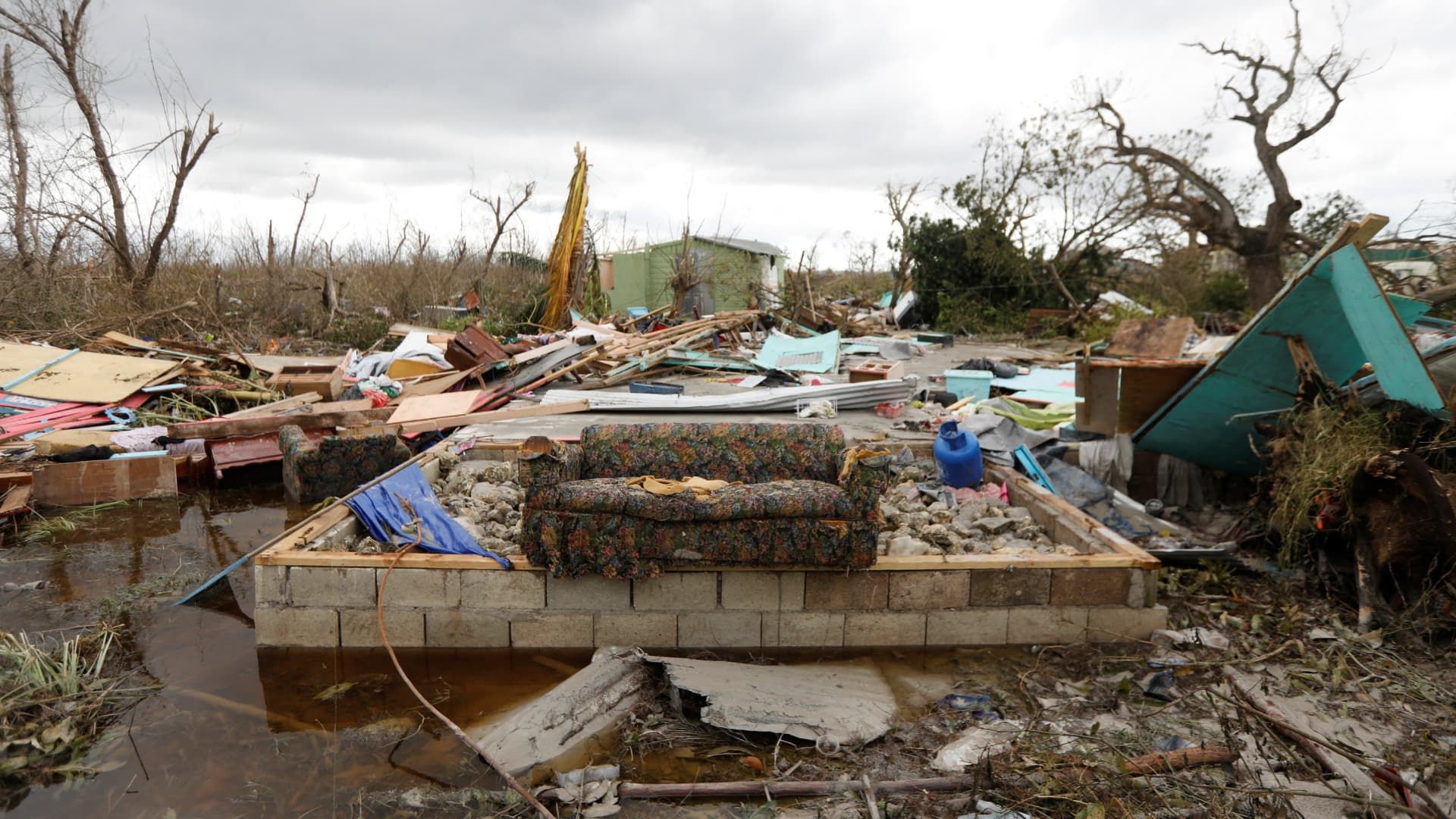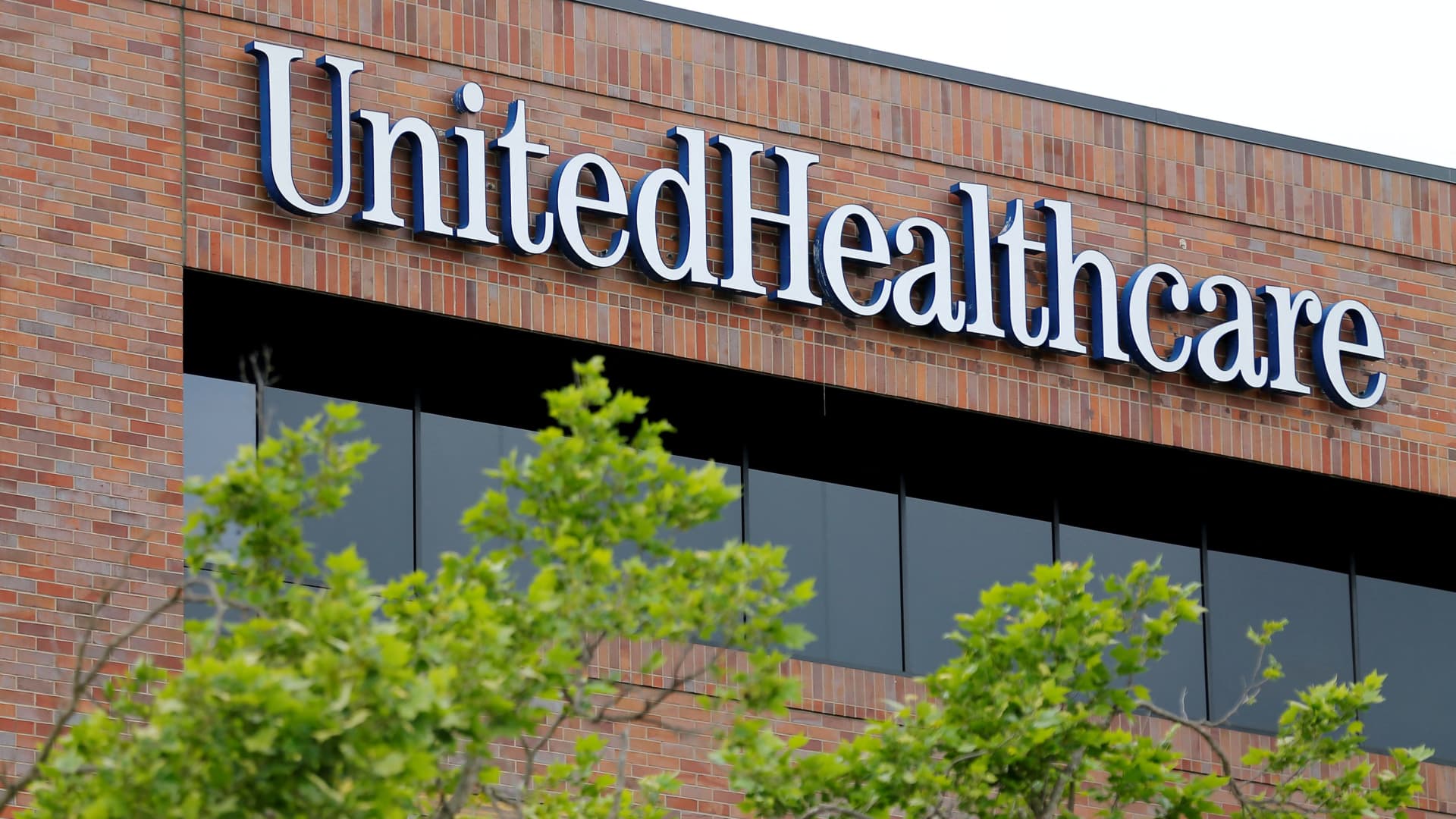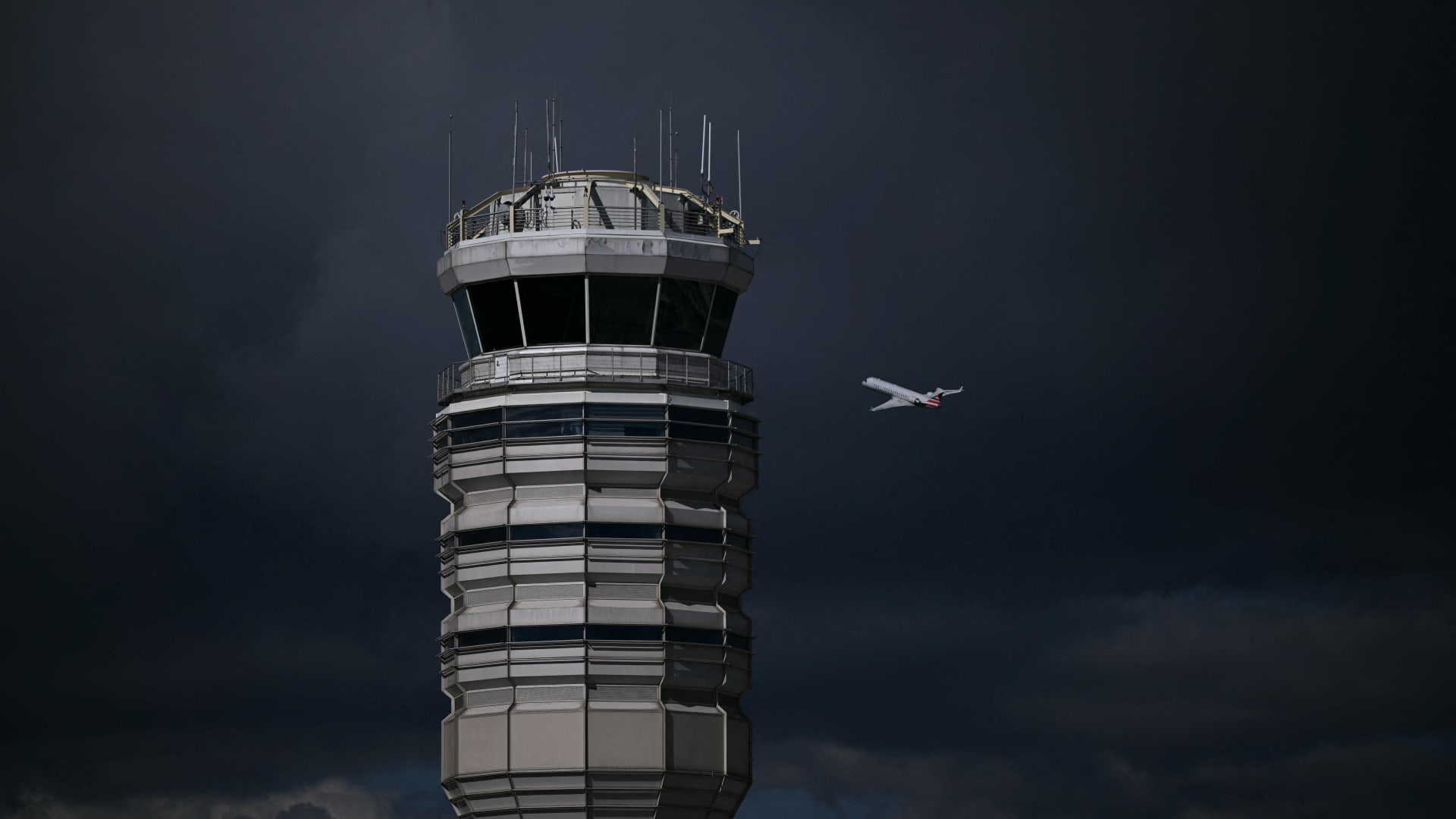Aerial view of damage to coastal homes after Hurricane Melissa made landfall, at Alligator Pond, Jamaica, October 29, 2025.
María Alejandra Cardona | Reuters
Hurricane Melissa, the most powerful Atlantic hurricane of the year, made landfall this week as a Category 5 storm in Jamaica. The strength of the storm means it will likely trigger a full payment on a catastrophe bond designed to provide funds to the island in the event of catastrophic weather events.
The $150 million catastrophe bond, structured by Aonaims to help the island's population rebuild after natural disasters by providing Jamaica with parametric coverage against losses caused by named storms. The policy went into effect this year and lasts until 2027.
The Jamaican government is the first government in the Caribbean region, and the first of any small island state, to independently sponsor a cat bond, according to Aon. Its likely payout demonstrates the value of a unique type of support financed by private markets.
To activate full payment, the storm must meet certain strength criteria. The storm's central pressure should be at or below 900 millibars as it makes landfall and crosses the island nation.
Early data from the National Hurricane Center shows that Hurricane Melissa's pressure remained below 900 millibars in several areas. Those readings are in the process of being verified by an independent calculation agent.
“While final numbers are still being verified, early signs suggest the transaction is achieving what it was designed to do: getting critical funds into the country quickly after a major disaster,” Chris Lefferdink, Aon's head of insurance-related securities for North America, said in a statement.
The review process typically takes 2 to 3 weeks, and the earliest possible payment to Jamaica could be made in about 1 month, according to an Aon spokesperson.
A drone view shows an affected area after Hurricane Melissa made landfall, on Crane Road, Black River, Jamaica, on October 30, 2025.
María Alejandra Cardona | Reuters
Previous parametric transaction payments took 3 months or more, but for this event Aon used an innovative data source to enable faster payments.
The catastrophe bond was placed using the International Bank for Reconstruction and Development's “capital at risk” program, which is used to transfer risks associated with natural catastrophes to capital markets, allowing the country to access funds quickly after a major event.
“What we have is a capital provider that puts funds into the pool, an insurer that puts the coupon for those funds into the pool [and] “If the storm hits that criterion, they get the money much faster,” Aon CFO Edmund Reese told CNBC's Contessa Brewer in an interview.
Damaged furniture and debris after Hurricane Melissa makes landfall in Black River, Jamaica, on October 30, 2025.
Octavio Jones | Reuters
Catastrophe bonds and insurance-linked securities were created in the mid-1990s following the destruction of Hurricane Andrew. Since then, their popularity has increased: the catastrophe bond market has grown more than 50% since the end of 2022 to reach almost $55 billion.
“Public-private partnerships like the one in Jamaica continue to highlight how parametric insurance can provide rapid and transparent relief following severe storms,” Lefferdink said.
Jamaica narrowly missed the requirements for a separate catastrophe bond payment when Hurricane Beryl hit the island in 2024, causing $995 million in damage to homes, crops and infrastructure, according to the National Hurricane Center.










